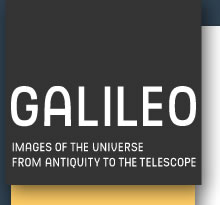


The theme of the harmony of the spheres achieved its most advanced formulation in the 17th century, involving various aspects of knowledge, such as astronomy, astrology, theology, philosophy, music and anatomy. Johannes Kepler, Robert Fludd, Marin Mersenne and Athanasius Kircher provided different interpretations but all shared the belief that God was not only a geometrician but also a musician: God created the universe using the numerical proportions and geometrical figures responsible for spawning musical consonance. Mersenne's theological approach and apologetic use of the science of sound culminated in the work of Athanasius Kircher, the Jesuit scholar who forged a peculiar synthesis between the hermetic-astrological tradition and mechanicism. He countered Fludd's symbolism of the harmony between macrocosm and microcosm with Kepler's ellipses, which reconciled his three laws of planetary motions with the contemporary musicological debate. In Kepler, the cosmic order revealed by modern science becomes a most stringent visual depiction of the celestial symphony and of the harmonic archetype of creation.